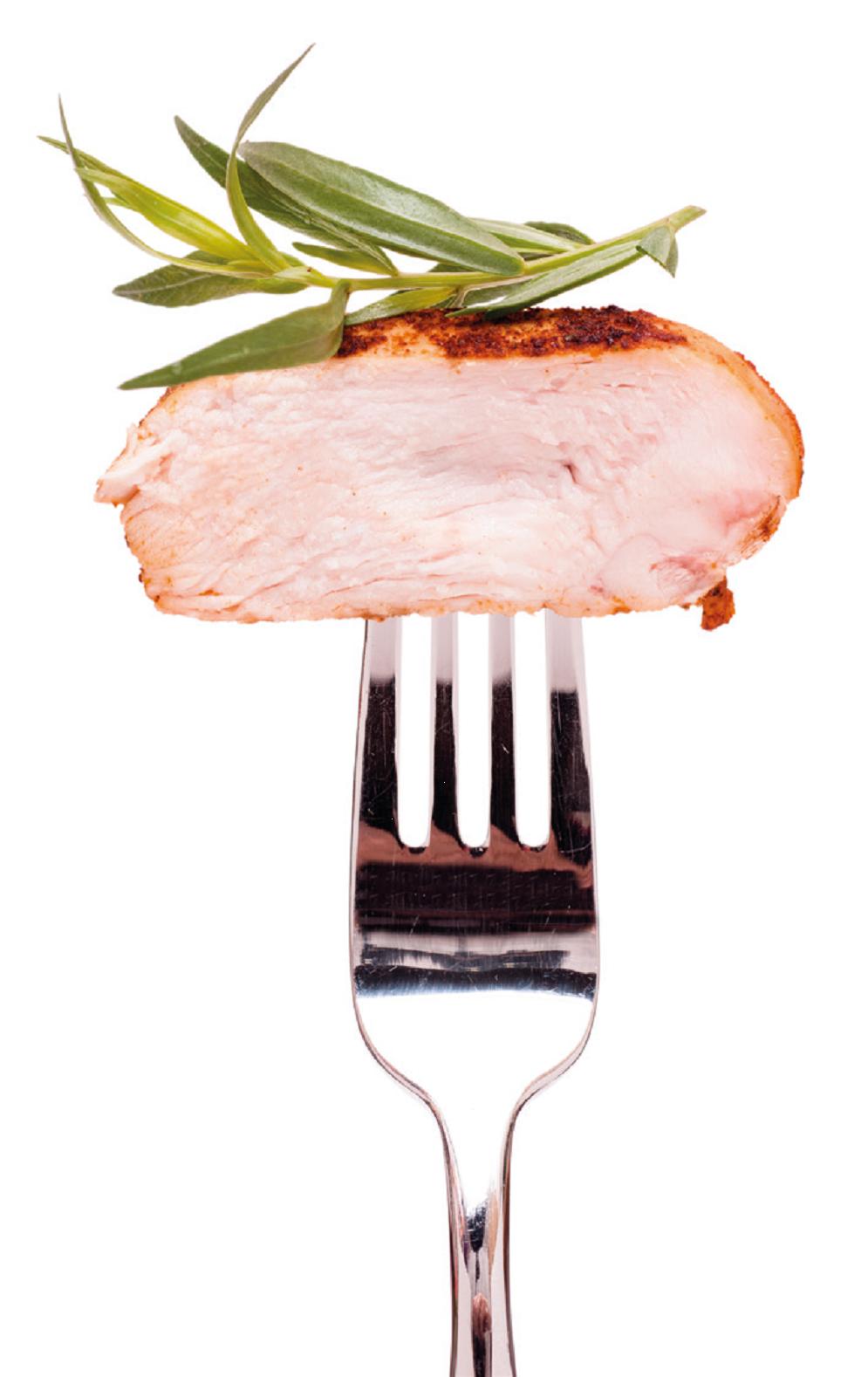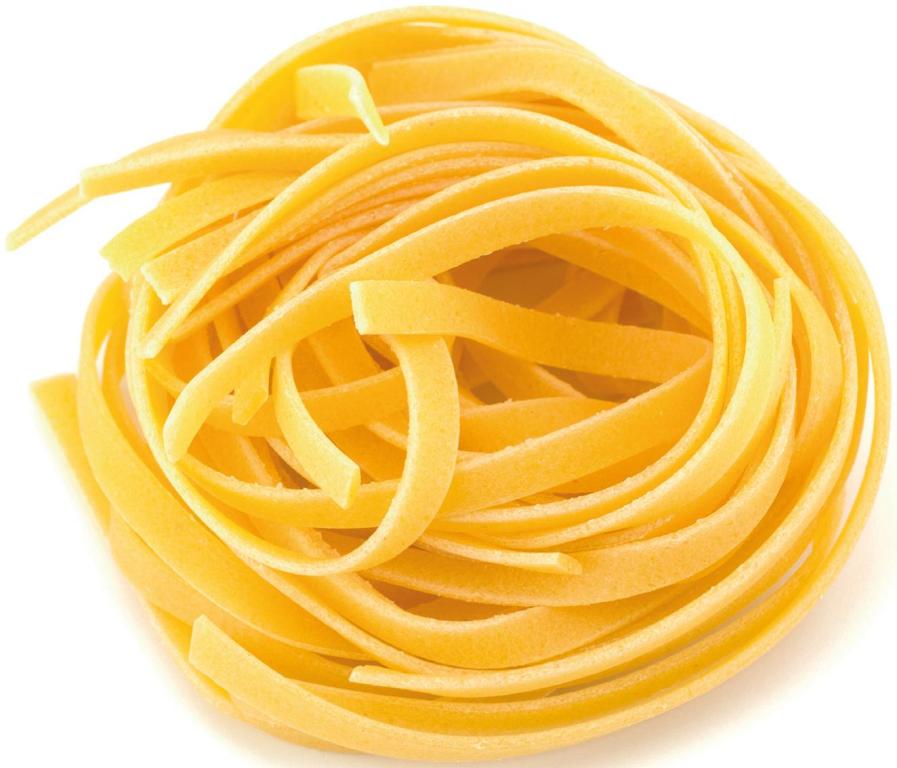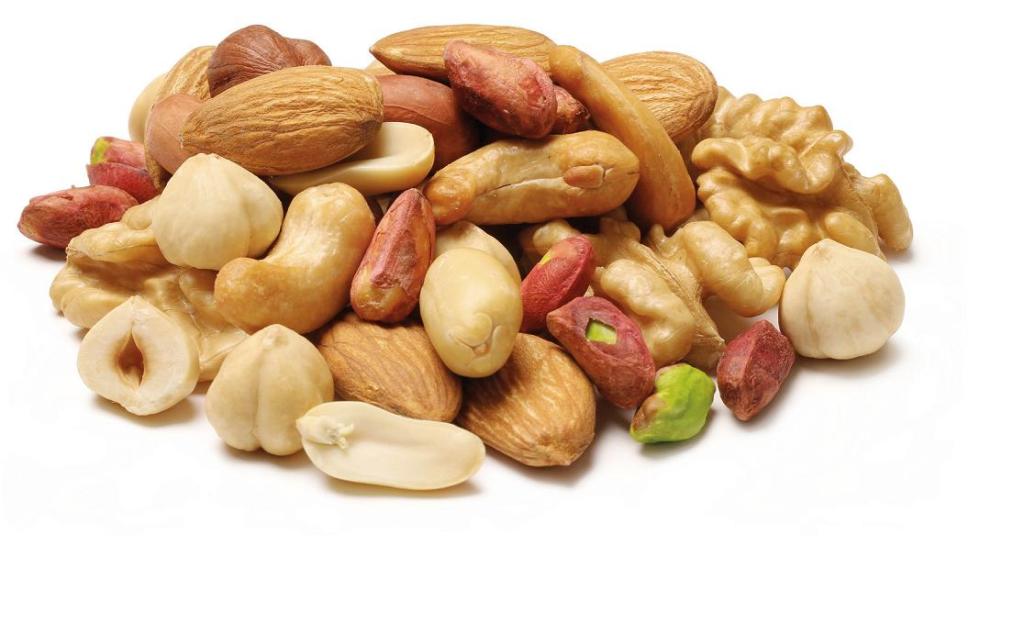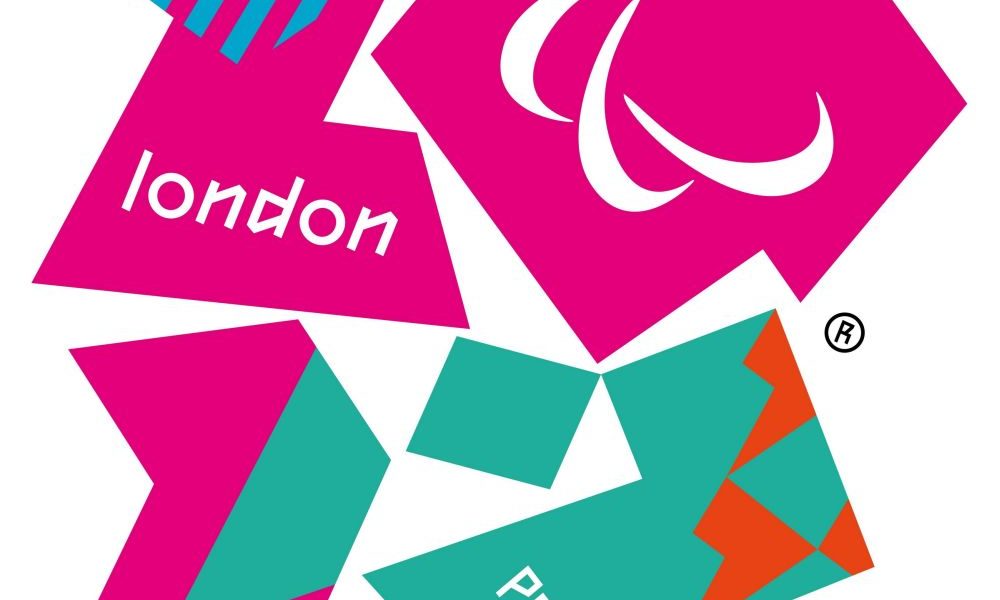-
 Protein “When you’re cooking meat or fish and wonder how much you should be eating, the palm of your hand is a good guide to go by,” says Frida. “Men should have two palm-sized pieces of meat with their meal, while women should have one palm.” The same rule applies for other protein-rich foods, such as pulses or eggs.
Protein “When you’re cooking meat or fish and wonder how much you should be eating, the palm of your hand is a good guide to go by,” says Frida. “Men should have two palm-sized pieces of meat with their meal, while women should have one palm.” The same rule applies for other protein-rich foods, such as pulses or eggs. -
 Vegetables “Most of us don’t actually consume as many vegetables as we should, so feel free to eat as many greens as you want and really make them the focal point of your plate,” Frida advises. “Ideally, your plate should have enough vegetables to match the size of two tennis balls.”
Vegetables “Most of us don’t actually consume as many vegetables as we should, so feel free to eat as many greens as you want and really make them the focal point of your plate,” Frida advises. “Ideally, your plate should have enough vegetables to match the size of two tennis balls.” -
 Cheese “Cheese is a great, delicious way to satisfy your hunger, however as it contains high levels of saturated fats and sodium, you should try to limit how much you consume,” Frida warns. “Your cheese portion shouldn’t be bigger than two normal batteries.”
Cheese “Cheese is a great, delicious way to satisfy your hunger, however as it contains high levels of saturated fats and sodium, you should try to limit how much you consume,” Frida warns. “Your cheese portion shouldn’t be bigger than two normal batteries.” -
 Carbohydrates It can be easy to misjudge portion size for carbohydrates. “Before you start boiling your rice or pasta, measure out a portion that matches the size of a tennis ball or your clenched fist, as that will be enough for one meal,” Frida explains. Carbohydrates are too often thought of as the base of a meal, so reverse this by putting them on last and you’ll find that you’ll serve yourself less.
Carbohydrates It can be easy to misjudge portion size for carbohydrates. “Before you start boiling your rice or pasta, measure out a portion that matches the size of a tennis ball or your clenched fist, as that will be enough for one meal,” Frida explains. Carbohydrates are too often thought of as the base of a meal, so reverse this by putting them on last and you’ll find that you’ll serve yourself less. -
 Fats “For fatty foods like butters, nuts and seeds, it’s recommended that your per meal portions don’t exceed the size of both of your thumbs,” suggests Frida. “While nuts and seeds are healthy snacks, you shouldn’t overeat them as they are still high in calories and can contribute to unwanted weight gain, so a handful per day is fine.” Ladies, this also applies to nut butter.
Fats “For fatty foods like butters, nuts and seeds, it’s recommended that your per meal portions don’t exceed the size of both of your thumbs,” suggests Frida. “While nuts and seeds are healthy snacks, you shouldn’t overeat them as they are still high in calories and can contribute to unwanted weight gain, so a handful per day is fine.” Ladies, this also applies to nut butter.
Show your inbox some love
Get a weekly digest of Health & Wellbeing emailed direct to you.




















